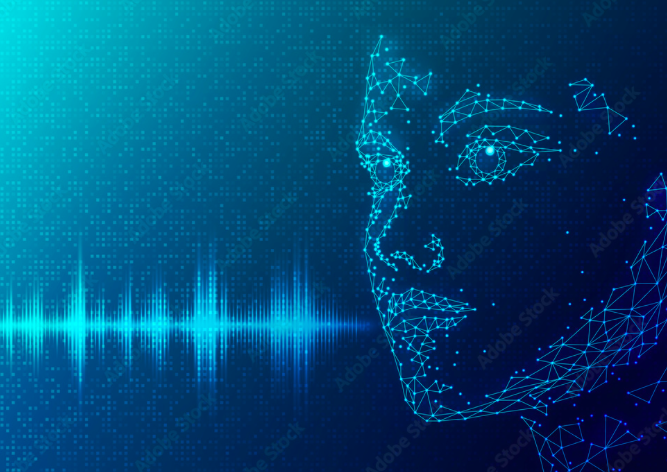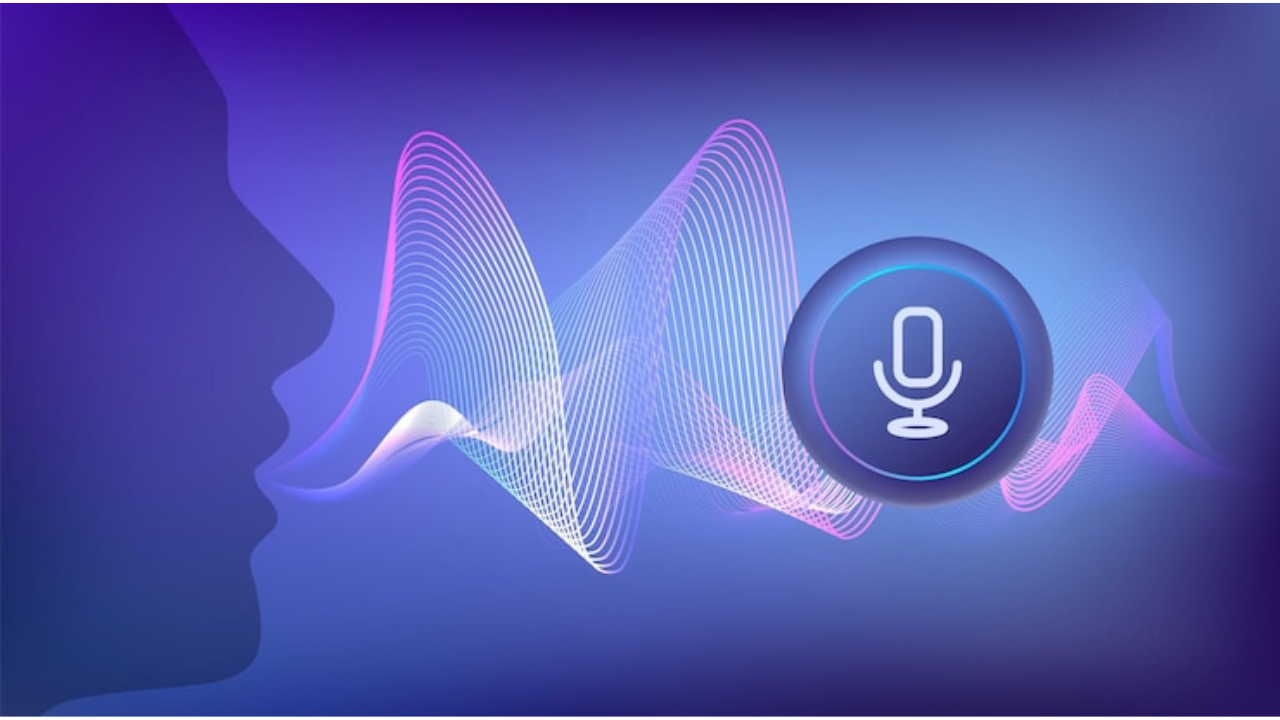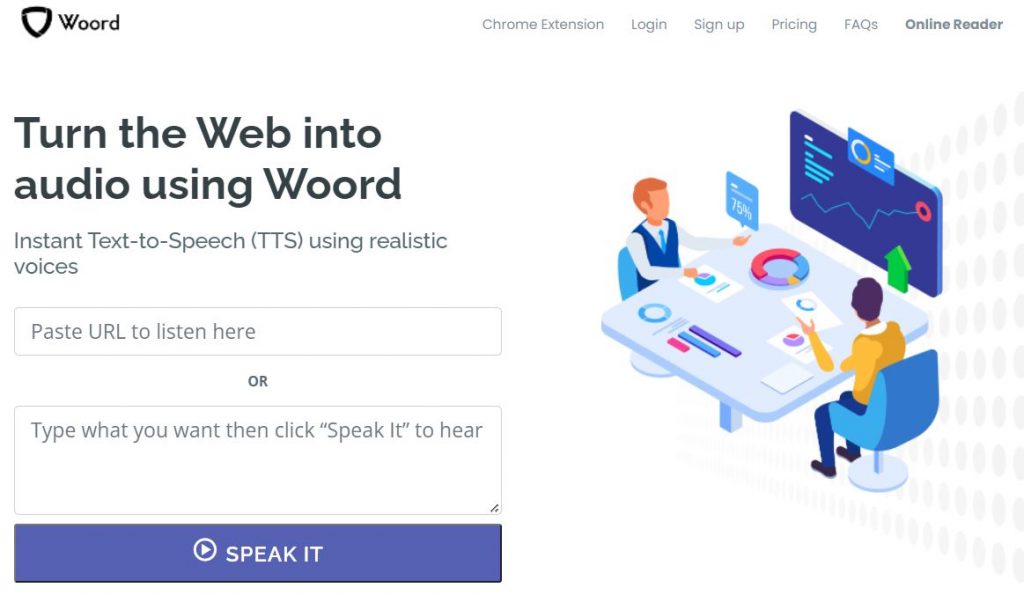Artificial intelligence (AI) has many advances in many areas. Speech is one of them. That’s why we will summarise what ‘AI voices’ are and how they work.
AI voices convert text into audible human-sounding speech using artificial intelligence and speech synthesis. In other words, they are synthetic voices. Therefore, they are based on Text To Speech (TTS) speech synthesis that employs computational methods to turn digital text into lifelike discourse –i.e., a type of data output in which a computer reads aloud through the device’s speaker.
But how does it work? A frontend and a backend make up the text-to-speech engine. The former transforms raw text containing symbols into printed words (text normalisation). The latter then compares the text to phonetic transcriptions, creating the sound you hear. For this reason, experts refer to the backend as the synthesiser.

The voice you hear is totally dependent on the service you’re using, though. In the beginning, synthetic voices sounded unnatural, so many consumers avoided using text to speech technologies. However, speech technology is constantly improving as AI develops synthetic vocals indistinguishable from actual human voices.
As a result, businesses and producers are starting to utilise AI voice generators. They enable companies to craft a unique and consistent brand voice that reflects their corporate identity and producers to obtain a professional voiceover for their video footage. Plus, artists implement it to bring literary works to life in innovative ways, and the gaming and entertainment industries have reaped the rewards in their characters. Not to mention it works as an asset for people with disabilities (e.g., dyslexia and ADHD), multitasking and content accessibility, among others.
Overall, AI voices are practical for multiple entities and purposes. Yet, one must pick a TTS software with cutting-edge outcomes and characteristics. If you are unacquainted with such a tool, you may check out our recommendation.
Woord
Woord is an AI voice generator that offers 50 distinct, high-quality voices in 28 languages and regional variations like Mexican Spanish, Brazillian Portuguese and Canadian French, to name a few. Thus, you’ll be able to interact with native English, Spanish, Portuguese, French, German, Russian, Turkish, Hindi, Italian, Japanese, Chinese, Vietnamese, Arabic, Dutch, Norwegian, Korean, Polish, Swedish, Bengali, Danish, Welsh, Filipino, and a variety of other speakers.
What’s more, you will also have the ability to personalise your spokesperson. And we don’t mean choosing between masculine, feminine or androgynous vocals or speeding up and slowing down the mouthpiece’s pace. Woord encompasses sophisticated audio settings. Firstly, there’s the voice device profile. This option lets you determine if you want your speaker to sound like an IVR, a GPS, and a Smarthome, among other speech technologies. Secondly, it enfolds an SSML editor. This tool can reshape several speech attributes, for example, tone, pauses, breaths, phonemes and parse.
Although it’s been a lot of information, Woord‘s description isn’t over. This instrument features OCR technology, a Chrome extension, and MP3 download to convert plain text, pdf, txt, doc(x), pages, odt, ppt(x), ods, non-DRM epub, jpg, and png files to voice. It also includes API access for incorporating text-to-speech into your applications. Do you want to give it a try? Do it for free by registering.
Have you discovered use cases for AI voices in your life? We want to know!


